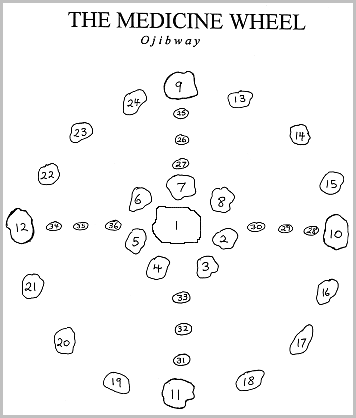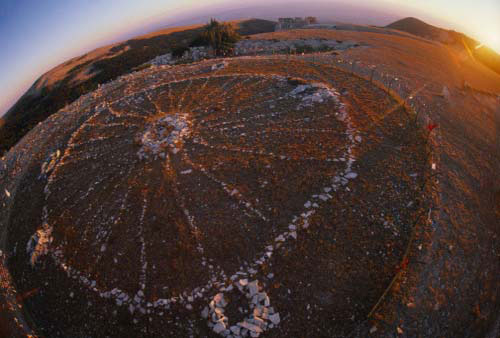Most archaeologists of the Northern Plains recognize eight different classes or styles of medicine wheels.
“Lo-and-behold, the Blackfoot elders have routinely referred to one of these eight styles — although they don’t call it that — and they strongly indicate these were monuments to particular people, or events that happened in the past. I think there’s some consensus on that.”
Brace points out the most recent wheel was constructed in Alberta in 1938, as a memorial to a renowned Blackfoot leader.
Brace has come up with a medicine wheel definition that allows him to categorize the 12 to 14 Saskatchewan wheels, which range in diameter from 45 to 144 metres (160 yards), into four groups: burial; surrogate burial; fertility symbol; and “medicine hunting”.

